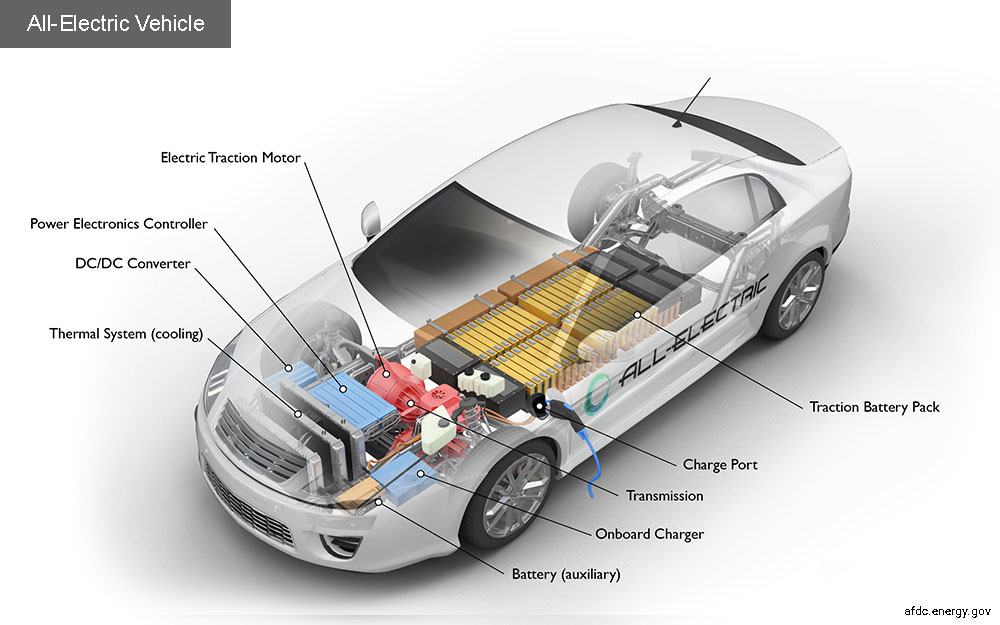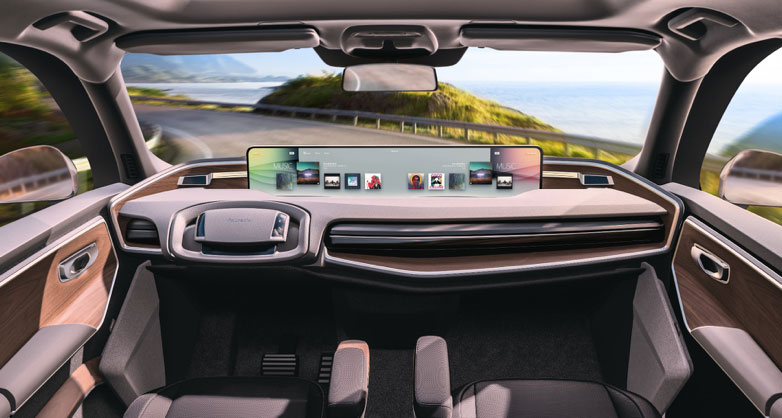The automotive industry is constantly evolving, with new technologies emerging every year that enhance safety, efficiency, and driving pleasure. As we move into 2024, several cutting-edge advancements are set to redefine our driving experiences. Here are the ten best automotive technologies of 2024 that are making waves and setting new standards in the industry.
1. Autonomous Driving Systems
Levels of Autonomy
Autonomous driving technology continues to advance, with many vehicles now equipped with Level 3 autonomy, which allows the car to handle most driving tasks under certain conditions, though human intervention is still required. Companies like Tesla, Waymo, and Mercedes-Benz are leading the way, integrating sophisticated sensors, cameras, and AI to navigate complex environments.
Major Developments
In 2024, we are seeing more vehicles equipped with advanced autonomous features such as traffic jam assist, highway autopilot, and self-parking. These systems are designed to enhance safety and reduce driver fatigue, making long commutes and congested traffic more manageable.
2. Electric Vehicle (EV) Enhancements
Battery Technology
The heart of any EV is its battery, and 2024 brings significant advancements in this area. Solid-state batteries are becoming more viable, offering greater energy density, faster charging times, and enhanced safety over traditional lithium-ion batteries.
Charging Infrastructure
The expansion of fast-charging networks is accelerating, with more widespread deployment of ultra-fast charging stations capable of replenishing EV batteries to 80% capacity in under 20 minutes. This makes long-distance travel in electric vehicles more practical and convenient.

3. Advanced Driver Assistance Systems (ADAS)
Safety Features
ADAS continues to evolve with more sophisticated safety features. Newer systems include improved automatic emergency braking, advanced adaptive cruise control that can handle stop-and-go traffic, and enhanced lane-keeping assistance.
Integration and Adoption
These systems are becoming standard in many vehicles, not just luxury models. Automakers are integrating ADAS into more affordable cars, making advanced safety accessible to a broader range of consumers.
4. Augmented Reality (AR) Dashboards
Head-Up Displays (HUDs)
Augmented reality dashboards are revolutionizing the way drivers interact with their vehicles. Head-up displays (HUDs) project critical information, such as speed, navigation, and safety alerts, directly onto the windshield, allowing drivers to keep their eyes on the road.
Enhanced Navigation
AR navigation systems overlay directions and points of interest onto the real-world view through the windshield, making it easier to navigate unfamiliar routes. This technology reduces driver distraction and enhances situational awareness.

5. Vehicle-to-Everything (V2X) Communication
Connectivity
Vehicle-to-everything (V2X) communication enables cars to interact with each other, as well as with traffic signals, road infrastructure, and even pedestrians. This connectivity improves traffic flow, reduces congestion, and enhances safety by providing real-time data on road conditions and potential hazards.
Smart Cities Integration
V2X is a key component in the development of smart cities. By integrating with urban infrastructure, connected vehicles contribute to more efficient traffic management, reducing emissions and energy consumption.
6. Advanced Infotainment Systems
User Interface
Infotainment systems in 2024 are more advanced than ever, featuring large, high-resolution touchscreens, intuitive user interfaces, and seamless integration with smartphones. Apple CarPlay and Android Auto continue to evolve, offering more features and better connectivity.
Entertainment Options
Streaming services, real-time navigation, voice assistants, and integration with home automation systems make the in-car experience more enjoyable and connected. Passengers can enjoy personalized entertainment options, transforming the car into a mobile living space.

7. Biometric Access and Start Systems
Enhanced Security
Biometric technologies are enhancing vehicle security and convenience. Fingerprint recognition, facial recognition, and even iris scanning are being used to unlock and start vehicles, making traditional keys a thing of the past.
Personalization
Biometrics also enable personalized settings, adjusting the car’s environment based on the driver’s preferences as soon as they enter the vehicle. This includes seat positions, climate control, and infotainment settings.
8. High-Fidelity Audio Systems
Premium Sound Experience
The demand for high-quality audio systems in vehicles continues to grow. Brands like Bose, Bang & Olufsen, and Harman Kardon are offering advanced audio solutions that provide an immersive listening experience. These systems are tailored to the acoustics of individual car models, ensuring optimal sound quality.
Personalized Audio Zones
Innovative technology now allows for personalized audio zones within the vehicle, enabling each passenger to enjoy their own music or media without interference from others. This enhances the overall in-car experience, making long journeys more pleasant.
9. Solar-Powered Vehicles
Sustainable Energy
Solar-powered vehicles are becoming a reality, with advancements in solar panel efficiency and integration. These vehicles can harness solar energy to extend driving range and reduce reliance on traditional power sources, contributing to environmental sustainability.
Practical Applications
While fully solar-powered cars are still in development, hybrid models that use solar panels to power auxiliary systems and extend battery life are already on the market. This technology reduces overall energy consumption and increases the efficiency of electric vehicles.
10. Advanced Materials
Lightweight Composites
The use of advanced materials like carbon fiber and aluminum is increasing, making vehicles lighter, stronger, and more fuel-efficient. These materials improve performance and reduce emissions, contributing to a greener automotive industry.

Smart Materials
Smart materials that can change properties in response to environmental conditions are being integrated into vehicle design. These materials enhance safety, durability, and aesthetic appeal, offering a new level of customization and performance.
Conclusion
The automotive industry in 2024 is at the forefront of technological innovation, with advancements that are transforming the way we drive and interact with our vehicles. From autonomous driving and electric vehicle enhancements to augmented reality dashboards and advanced infotainment systems, these technologies are making cars safer, more efficient, and more enjoyable to drive. As these innovations continue to evolve, they promise to bring even more exciting changes to the automotive landscape, paving the way for a smarter, greener, and more connected future on the road.
